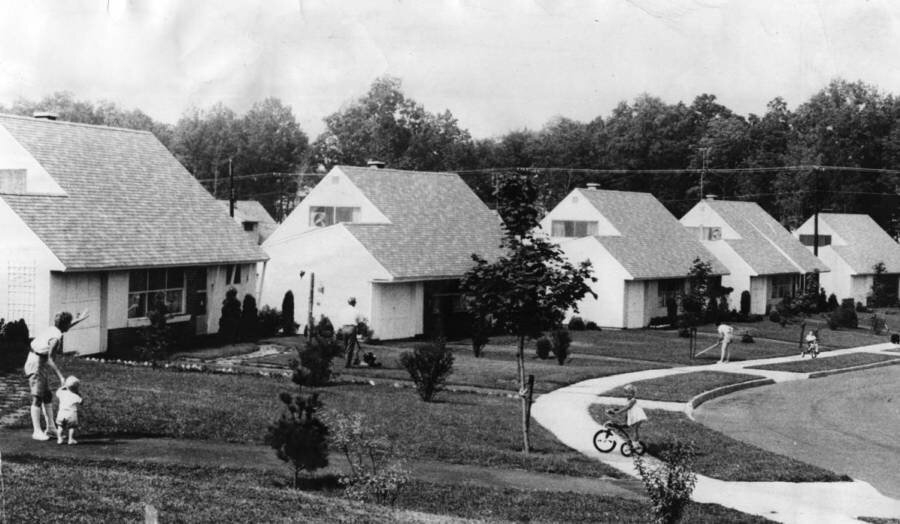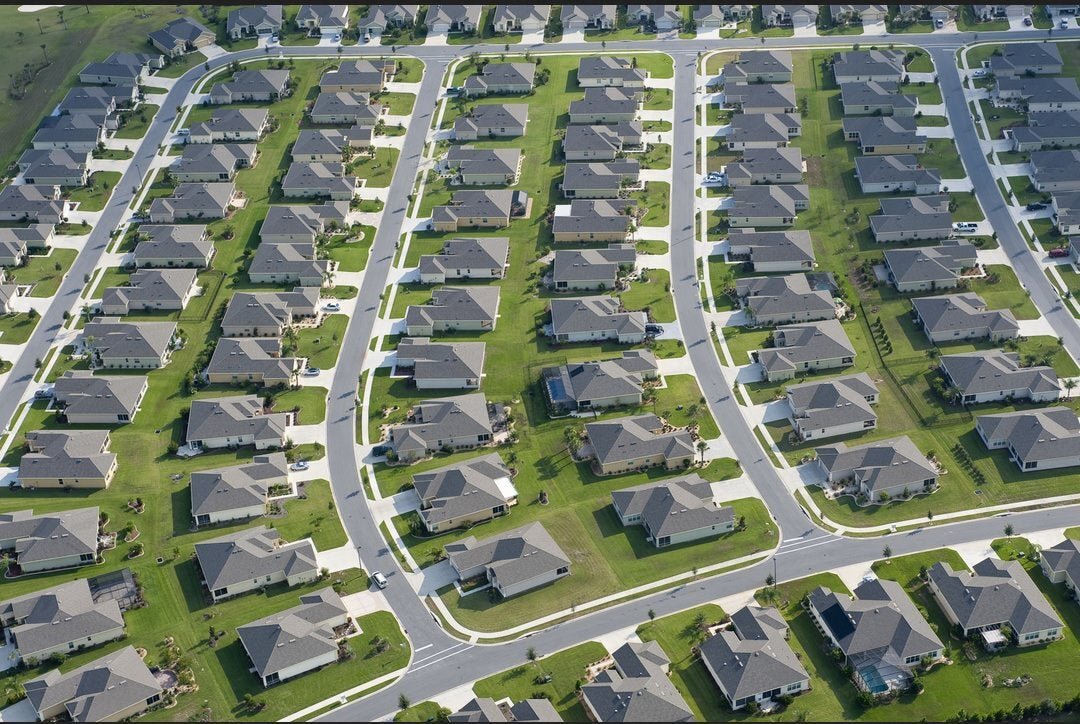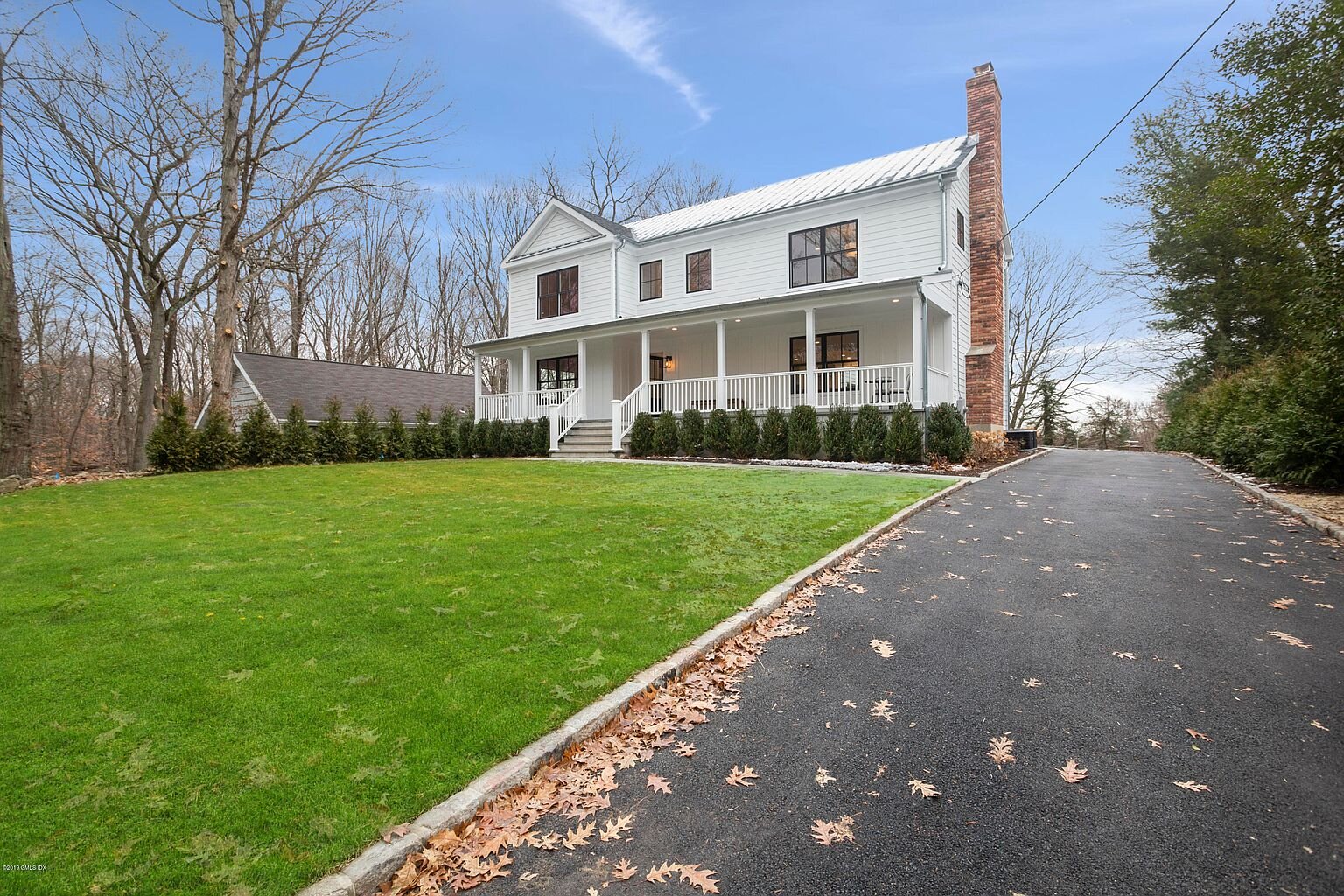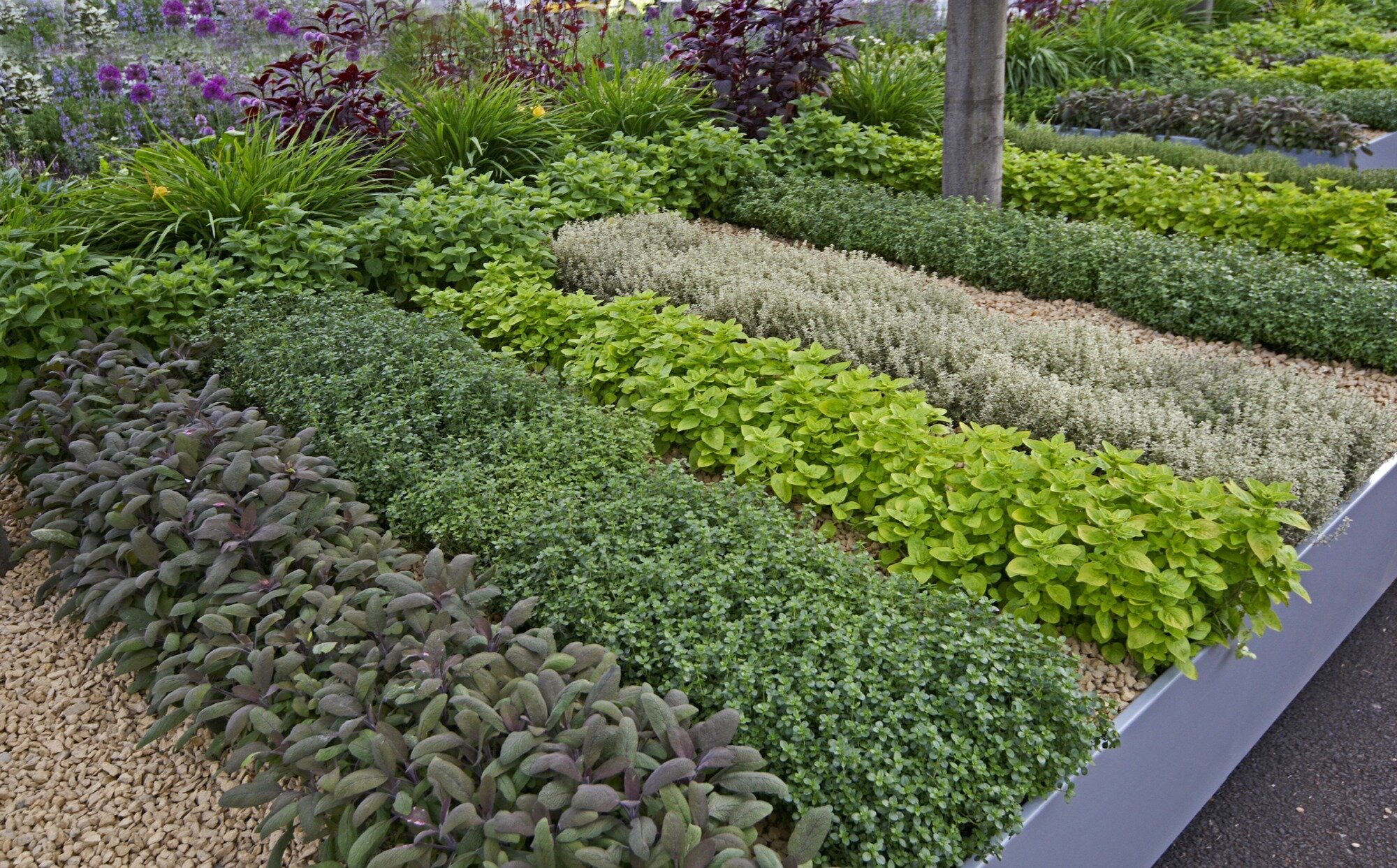This winter has been pretty bleak where I live. We’ve had very little snow, very little sun and lots of rain. The ground may have been frozen for some of the time, but not for prolonged periods like in “the olden days”. Where are the dazzling blue skies above pristine white snow?
Pretty much all we’ve had is cloudy gray skies and mud and dirt and oak leaves caught in chain-link fences and in bare shrubs filled with dead leaves blown there by the “gardeners” as part of “fall clean-up” (I use quotation marks, because most of them are not gardeners at all and fall clean-up is often more deleterious to the landscape than helpful. But I digress.)
Yes, its true, it does give you a chance to study the “bones” of the landscape – especially the bones of landscapes you yourself have designed. As I drive around my area – suburban NY metro area - I notice again that one of the primary “bones” of every landscape is lawn.
Right now, the lawns are at their worst. Skunks have dug holes. Annual weeds, like crabgrass, have died off and left bare patches that are now mud. Cool-season turf grasses (representing most of our lawns) have only a hint of green. And any warm-season grasses that have ended up in the mix (like Zoysia grass) are completely dormant and brightly straw-colored. In fact, as you drive around some of the neighborhoods near me, you can see the Zoysia grass lawns all the way from the end of the block.
Zoysia grass invading a cool-season grass lawn, with the inevitable oak leaves
A turfgrass test plot at the Missouri Botanical Garden in early spring - shows warm-season grasses on the left (Zoysia and Buffalo) with cool-season fescues on the right
The fact is that conventional lawns are not sustainable. They are artificial – they don’t exist in nature. They may look attractive (when they’re healthy) but they also choke out biodiversity. Turfgrass lawns deprive both native pollinators and honeybees of wild habitat and food—and thereby threatening our agricultural system. Lawns are also visually homogenizing the environment - compare urban and suburban landscapes around the country, and they look exactly the same.
We need to downsize lawns area and add some new bones to the landscape.
Ferris Jabr wrote a piece in “Brainwaves” – the Staff Blog of Scientific American - several years go entitled: “Outgrowing the Traditional Grass Lawn”
He makes the following points:
The history of the lawn begins at least 900 years ago in Great Britain and Northern France, both of which have maritime climates with relatively mild winters and warm humid summers that are ideal for many different grasses. In its inception, the word ‘lawn’ may have referred to communal grazing pastures—clearings in the woods where sheep and other livestock continually munched wild grass into submission.
In the early 19th century, vast grass lawns surrounding manors were not only aesthetically pleasing—providing unobstructed views of an estate—they were also further proof of wealth.
Michael Pollan has pinpointed the 1860s as a pivotal moment in the history of American lawn: in that decade, landscape architect Frederick Law Olmsted designed the suburban community of Riverside, Illinois. Olmsted forbade fences and walls and ran a seamless ribbon of green lawns in front of each row of houses. Around the same time, influential landscape designers such as Andrew Jackson Downing and Frank J. Scott published popular books advocating the lawn as a necessity for any respectable homeowner. “A smooth, closely shaven surface of grass is by far the most essential element of beauty on the grounds of a suburban house,” Scott wrote. “Let your lawn be your home's velvet robe, and your flowers its not too promiscuous decoration.”
Today, the continental U.S. has more than 40 million acres of residential and commercial grass lawns, a number properly calculated for the first time in the early 2000s by Cristina Milesi of NASA and her colleagues using satellite data and aerial photos. In terms of acreage, turfgrass is on par with wheat, the country's fourth largest crop.
It’s true that there is really nothing like turf grass as a groundcover and play surface – lawns provide more ecosystem services than hard surfaces such as cement or asphalt. They sequester atmospheric carbon, produce oxygen, dissipate heat and prevent erosion. And you can grow a lawn from seed over a relatively large area fairly quickly. Other types of groundcovers usually take more time to establish themselves. And, of course, there’s always the possibility of an “instant lawn” with sod.
One of the biggest drawbacks of grass lawns is that they require environmentally-questionable practices to maintain. Lawn upkeep takes resources: water; fertilizer, pesticides and herbicides that enter groundwater and runoff water. Mowers and blowers that burn fossil fuels, emit gasses that heat up the atmosphere, make people deaf and fill the air with asthma-exacerbating particulates.
The Environmental Protection Agency estimates that gas-powered lawnmowers—which emit 11 times more air pollution than a new car for every hour of operation—contribute as much as five percent of the smog in some areas of the U.S. Every summer, Americans spill 17,000,000 gallons of gasoline when refueling mowers and other garden equipment. And of the approximately 90 million American households with a yard or garden, 45 million use chemical fertilizers, 46 million use insecticides and 47 million use chemical weed-killers. Such chemicals— many of which, especially older varieties, have known health risks—contaminate natural habitat and seep into our homes and drinking water.
Most glaringly, we use fresh drinking water to irrigate lawns.
In dry areas of the U.S., up to three quarters of annual household water use is for lawns. A small 1,000 sf lawn could require as much as 20,000 gallons of water per year to be green. It is estimated that more than 50% of residential and commercial irrigation water use goes to waste due to evaporation, wind, over watering and poor system design. Water is a non-renewable resource and we in the Northeast, where water is abundant, need to start treating it that way!
It’s time to seriously consider alternatives to Conventional turfgrass lawnsthat are more sustainable, demand fewer resources and help people connect more intimately with nature.
What can we do?
There are a few things everyone can do very easily:
Make your planted beds a little bigger, and add another layer of plants to them. This will increase biodiversity, give the plantings a lusher “look”, give you more flowers and reduce lawn at the same time.
If there’s a small, somewhat awkward piece of lawn somewhere, remove it and convert the space into a garden, or a small gravel seating area or a walk-through vegetable garden.
In this example, you could eliminate the little strip of lawn on the right side of the front walk, and you could also create a new planting bed on the left side of the front walk connecting the one by the sign post with the left side foundation planting.
In this example, lawn has been eliminated from the left side of the driveway and from the area below the retaining wall. The plant palette is relatively simple, but there is biodiversity - and its more interesting and, I would argue, more beautiful than turfgrass.
If you have a bigger property, let some of it become a more “wild area” – not crazy wild filled with wolves and snakes, but just not so “manicured”. Let the lawn grow to 5 inches tall before you mow it, for example. Or remove the lawn and plant a wildlife garden (look on the internet – it’s a thing!)
Ferris Jabr says:
“…rethink the meaning of the word “weed.” Simply allow a part of your backyard to revert to nature; let whatever chooses to seed itself take over. To prevent a succession of trees and shrubs, this area can eventually be mowed, preferably with a manual mower. … The potential of this type of mixed planting is enormous for wildlife and plant conservation and has been dubbed the “freedom lawn.”
Check your irrigation
Have your irrigation system chesked by a reputable professional who knows what they’re doing. Make sure there aren’t any leaks, that you have the most up-to-date water-conserving sprinkler heads. Understand which areas of the property are served by which zones.
Don’t be afraid of your irrigation controller box – learn how to turn zones on or off and adjust timing based on both conditions and types of plants. Have as your goal to turn your irrigation system off once plants in various parts of the landscape are established – then only use it when you need it (in times of drought)
Make sure your irrigation system has a functioning and properly located rain sensor.
If you’re going to have a turfgrass lawn, choose appropriate grass seed mixtures.
Find out from turfgrass professionals what a good seed mix is be for your sun conditions that will require less maintenance and less water. I know this can be frustrating, but both Penn State and Rutgers have turf science programs, test plots and data bases and can provide you with good information. There are new grass cultivars being commercialized every year, so it’s good to know what the latest and greatest is. The best mixes include grasses with deeper roots as well as good spreaders.
Also understand that grass seed has an “expiration date” – so check the bags and you might be surprised to see that the grass seed you bought last fall expires in April. You truly “get what you pay for” in grass seed – you should look for a mix with no fillers, a minimum amount of weed seed, “named” cultivars of the different grass types, germination test results and of course the above-mentioned expiration date. If you buy 2 pounds of “grass seed” that is half grass seed and half filler, it will of course cost less than 2 pounds of pure grass seed. But the results will be better if you spend the money to buy pure seed.
You also have the not-so-easy option of replacing lawn with “lawn alternatives” - possibilities for good landscape design combinations are endless and include groundcovers, ferns, low-growing shrubs or perennials, sedges and ornamental grasses.
“Lawn-alternative” ground cover examples: a mosaic of ground covers can be beautiful.
To quote Jabr again:
Little by little, that hungry and thirsty green lawn can be whittled down to a more manageable size. Although it will take a shift in thinking because we have been conditioned to the idea of a well-manicured lawn for so long, we can ensure our downsized lawns become more of an environmental asset than a liability.















